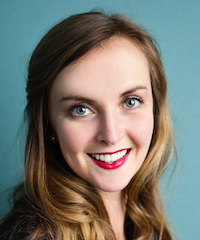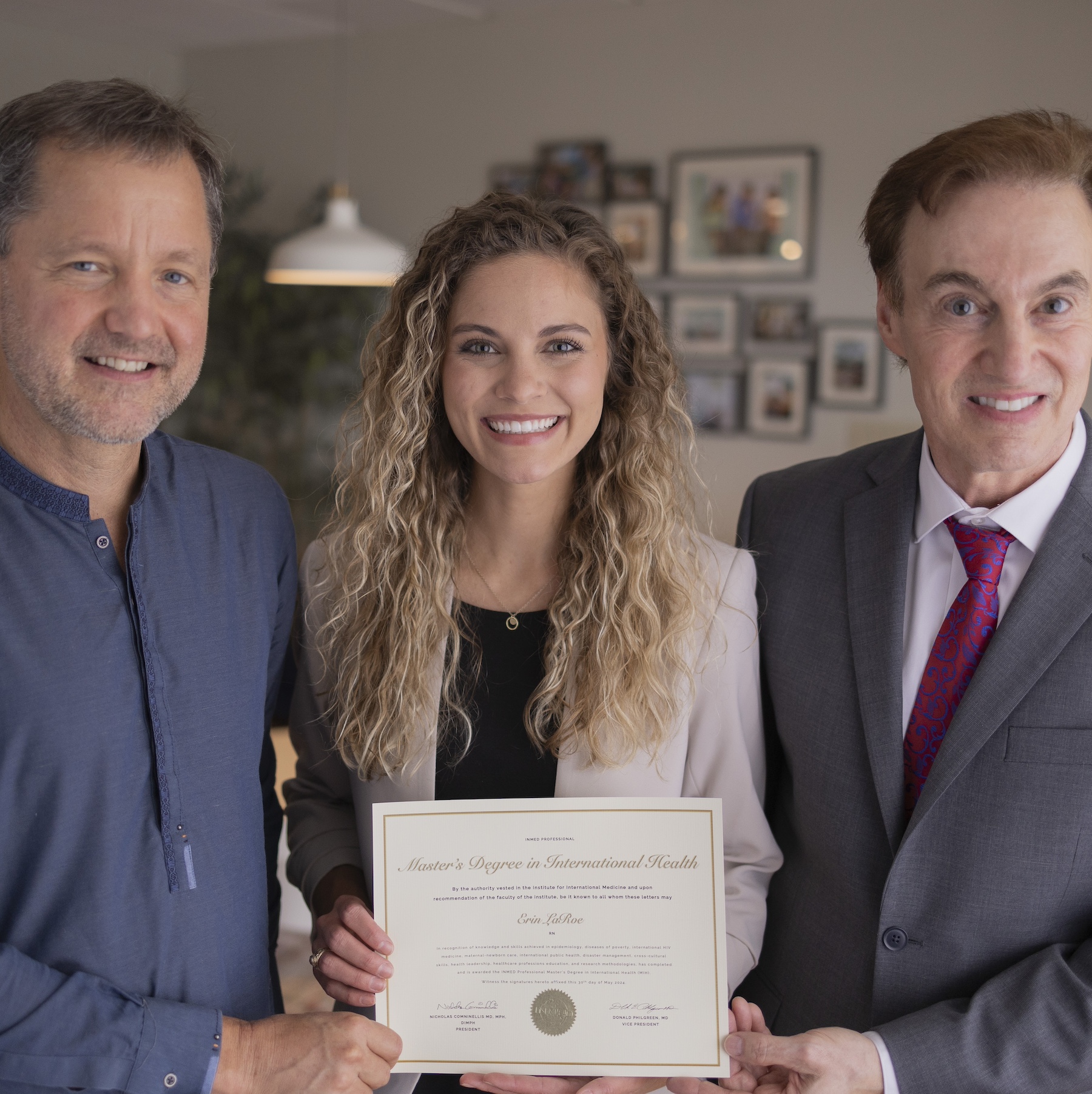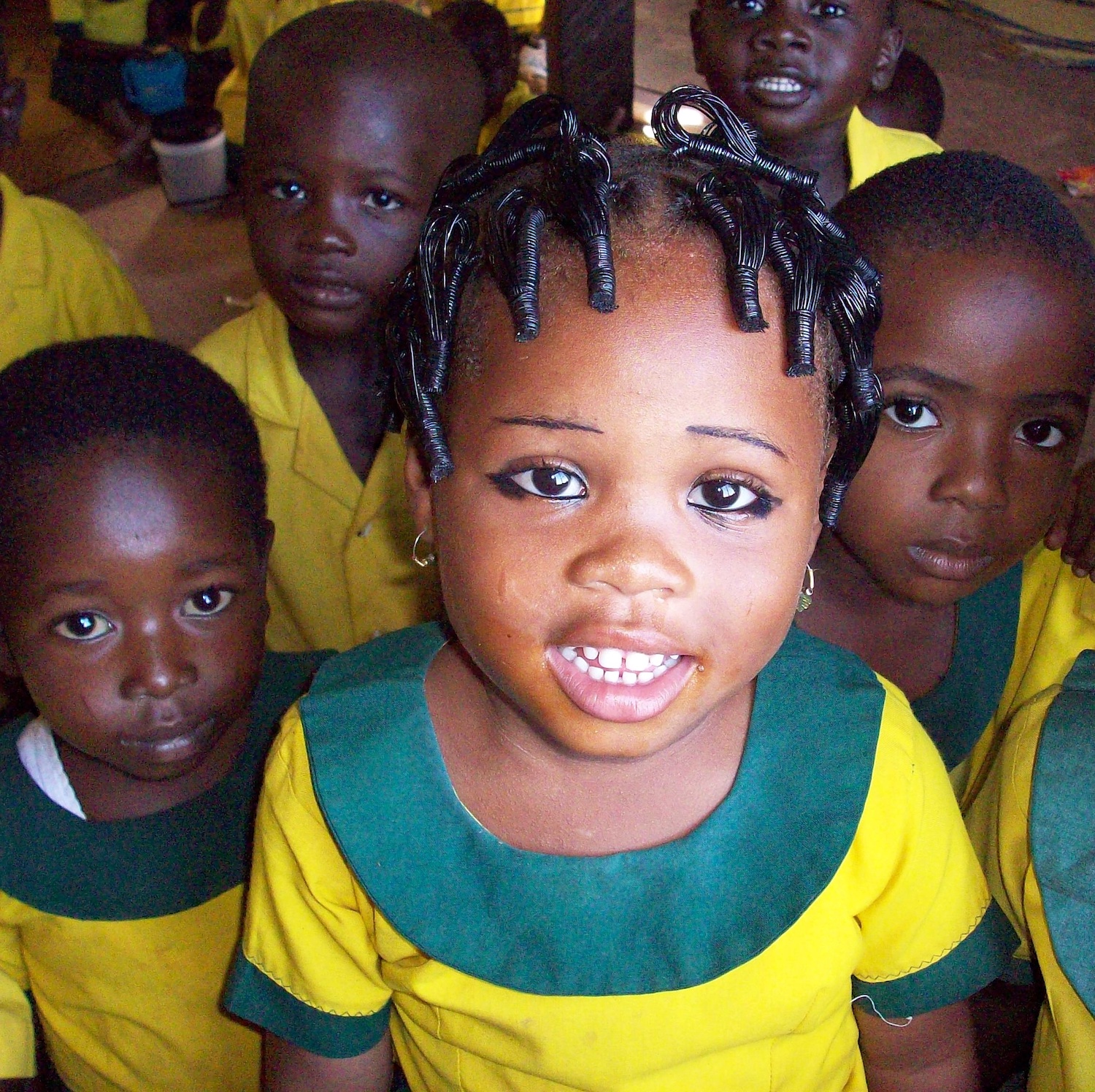Rachel Loder
INMED Blog

Hello! My name is Rachel Loder. I am a nursing student at University of Kansas School of Nursing, and I’m starting my INMED service-learning experience at Clinica Esperanza in Honduras beginning in June, 2019.
Blog Posts
Week 3-community health
July 18, 2019
I’m a little too adjusted to island time with these very belated weekly blog posts. Sorry! My friend and former […]
Continue Reading(Belated) Week 2
July 9, 2019
Week 2 flew by at Clínica Esperanza! I was assigned to the adult triage/treatment area of the clinic, and really […]
Continue ReadingWeek 1
June 29, 2019
Greetings from Sandy Bay, Roatan! My first week here has been incredible. I arrived Monday afternoon, and started the 8am-4pm […]
Continue ReadingIntroducing Myself
May 15, 2019
Hello! My name is Rachel Loder. I am a nursing student at University of Kansas School of Nursing, and I’m […]
Continue Reading


